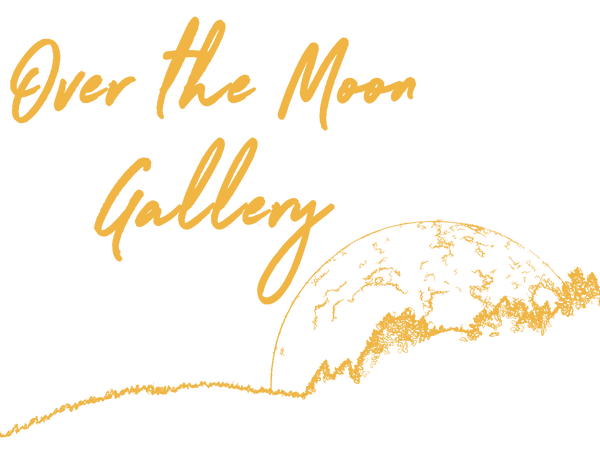When strolling outdoors, many of us have seen an artist equipped with paint palette and easel creating a version of the scenery in front of them. This popular style of painting, known as plein air, celebrates the immediate and unpredictable beauty of the outdoors.
"Plein air" painting, derived from the French term meaning "open air," refers to the practice of painting directly from the landscape. This approach became popular in the mid-19th century with the advent of portable paint tubes and the box easel, making it easier for artists to work outside their studios.
The plein air technique was integral to the development of Impressionism. Claude Monet, Pierre-Auguste Renoir, and Camille Pissarro all embraced plein air painting. They sought to depict nature, capturing the fleeting light and atmosphere, often painting scenes in a single sitting to maintain spontaneity. These works often feature loose brushwork, vibrant colors, and a sense of immediacy that distinguishes them from studio-produced landscapes.
Our gallery artist, E.E. Jacks, has been practicing plein air painting for 15 years and has learned how to capture the nuanced play of light and changing environmental conditions of the outdoors. “Despite facing challenges like time constraints, wind, sand, rogue dogs, rogue humans, insects and more, I firmly believe that plein air painting continues to profoundly influence my studio work. It has honed my ability to work efficiently, compose confidently, swiftly blend desired hues and it remains the most influential teacher in my artistic toolbox,” said Jacks.
“My outdoor daytime and nocturne adventures have been filled with memorable experiences, such as befriending a pelican and weathering intense storms that once whisked away a 16x20” canvas,” said Jacks. “I encourage every artist in every medium to extend an eye to the outdoors. You may be surprised by the profound connections you find between the dynamic moving world and your work.”

